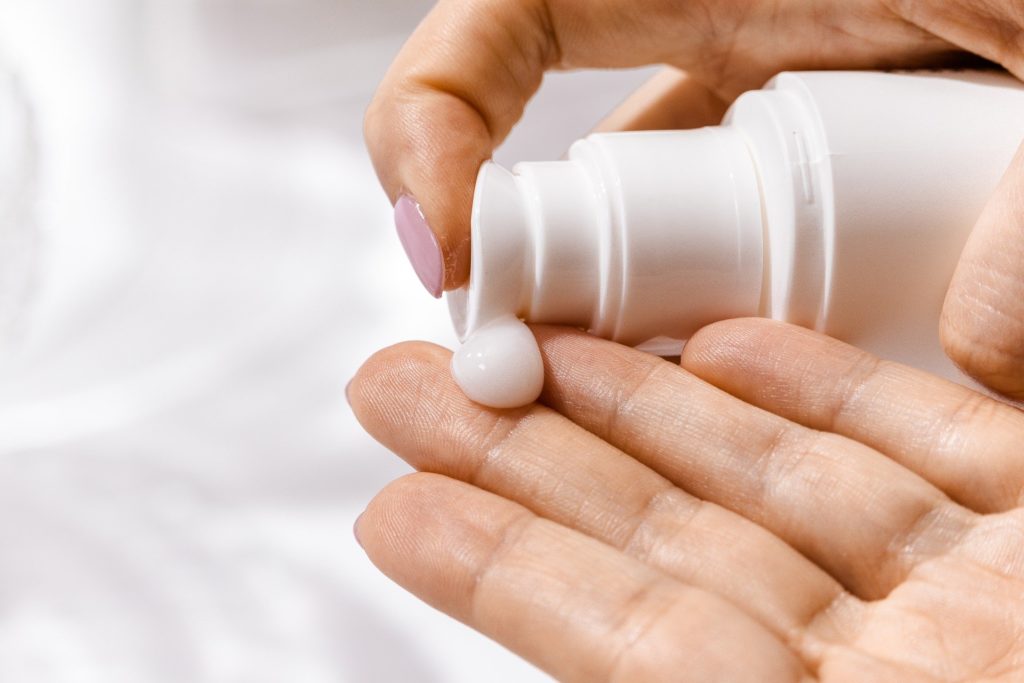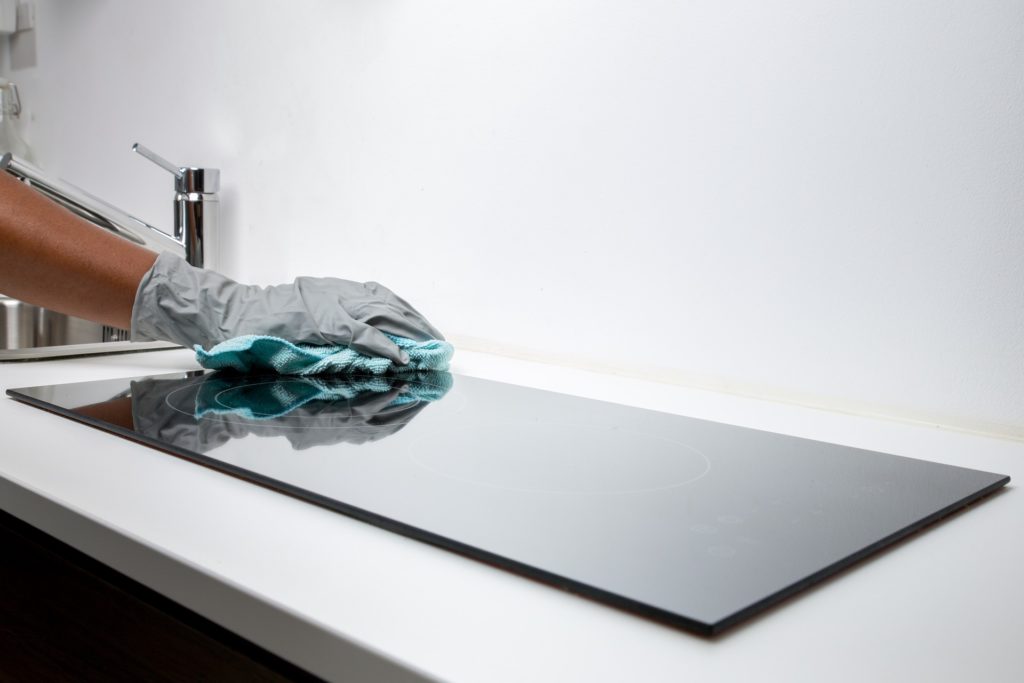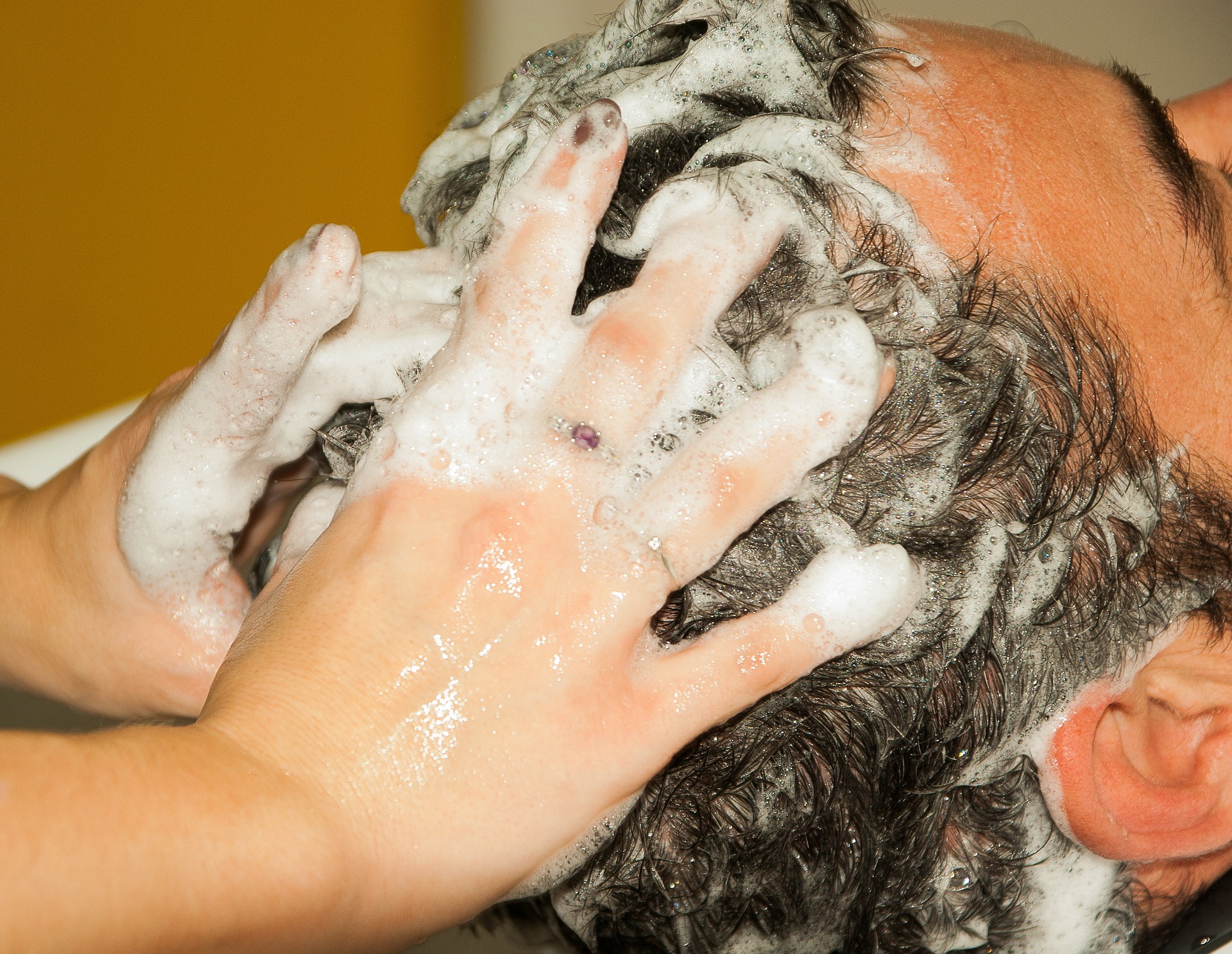Head lice don’t spread diseases. The biggest health concern they cause is itching. But this doesn’t mean that you should be complacent. You should still get rid of head lice.
The itching can lead to severe scratching that can eventually result into infections. It can also lead to sleep deprivation that can eventually result in further health complications.
Eliminate these risks now by getting rid of head lice. Here are some of the most common and effective ways to get rid of these pests for good.
1. Use a lice comb
There are combs out there that are specifically designed to get rid of nits and lice. Unlike typical combs, lice combs have very thin teeth and narrow gaps between them. These features ensure that even small objects such as nits and lice are caught.
Divide the infested hair into sections and brush each section using the lice comb. You can dip the lice comb into a bowl of soapy water to kill and drown the caught pests.
The disadvantage of using a lice comb is the fact that it’s meticulous and time-consuming. It’s best to partner them with other lice treatments.
2. Buy over-the-counter medication for head lice
You can also go to your local pharmacy and buy over-the-counter medication specifically designed to combat head lice.
Medication can come in various forms, and the typical forms are shampoos and lotions. These shampoos and lotions contain ingredients that kill lice, such as pyrethrins.
Make sure to follow the instructions on the medication’s label to ensure the effectiveness and safeness of the treatment process. For example, you may need to apply the medication again after a few days if it’s indicated that it only kills adult lice. You may also be prohibited from using the product to children under two years old.
The problem with using over-the-counter medication is that some lice have already become resistant to them. They can also be ineffective and unsafe if they are not used properly.

3. Get prescription treatments for head lice
You can also consult your doctor to get rid of head lice. Seriously consider consulting your doctor if over-the-counter medications seem ineffective or your head lice problem seems overwhelming.
Like over-the-counter medications, prescription treatments for head lice typically come in the form of shampoos and lotions. They can contain ingredients such as benzyl alcohol, ivermectin, lindane, malathion, and spinosad. These treatments work by attacking the nervous system of the head lice or suffocating them.
You typically use these treatments by applying them to the infested hair, waiting for a few minutes to let the ingredients do their thing, and washing them off. But still make sure you listen to your doctor and read the label before using the treatments.
One challenge you may experience in getting prescription treatments is that they may not be available in your local pharmacy. Please call your local pharmacy first to check if the treatments are available. If they are not, your local pharmacy can order them for you or just visit another pharmacy where the treatments are readily available.

4. Use head lice alternative treatments
If you are the type of person who shivers upon hearing chemical names like pyrethrin and benzyl alcohol, there is good news for you.
There are actually alternative treatments out there for head lice. Many of these alternative treatments contain natural ingredients such as anise oil, coconut oil, lavender oil, and tea tree oil. Some people even use mayonnaise, petroleum jelly, and vinegar on lice-infested hair to suffocate the head lice or make them easier to comb out.
But take note that many of these products lack scientific evidence to prove their effectiveness. It’s best to only use these alternatives as a supplement to a more proven head lice treatment.
5. Avoid head-to-head contact
Killing head lice is good. But it shouldn’t be the only thing you do if you want to completely get rid of head lice. You should also prevent these bloodsuckers from spreading. If you don’t prevent their spreading, you will be in an endless battle with these pests as they transfer to different hosts around your home.
Contrary to popular belief, head lice actually don’t fly or jump. There is no need to be totally away from an infested person because they won’t easily transfer their head lice to you. Head lice are more likely to be transferred through head-to-head contact. Avoid activities that may lead to head-to-head contact, such as sleeping on the same bed.
Head lice crawl through hair. If an infested person’s hair connects with another’s, head lice will grab this opportunity to start an infestation on the unsuspecting person. If you prevent head-to-head contact, you are minimizing the opportunities for head lice to spread. You are also minimizing their room to operate, making them easier to kill.
6. Clean your home
Head lice can also spread across your home. For example, you can comb head lice out of an infested person’s hair and let these pests loose. You can also brush them out with a towel and transfer them to the next person who uses that towel.
Head lice can live up to one to two days without a host. That’s a lot of time to get into another host. Kill the head lice if you have the opportunity. The last thing you want are host-less head lice around you home, waiting for the perfect opportunity to thrive in a new host.
Clean out everything the infested person uses, especially personal belongings that make direct contact to the person’s head and hair, such as pillow cases, bed sheets, and towels. Also separate their personal belongings from everybody else’s.
Also vacuum your furniture to get rid of lone louse that may have fallen off its host.

Kill the head lice and prevent them from spreading
If you want to get rid of head lice for good, the two main things you should do is to kill them and prevent them from spreading.
You can kill head lice by using specially-designed combs, medications, and alternative treatments. You can prevent the spread of head lice by avoiding direct contact with an infested person and maintaining the cleanliness of your home.

